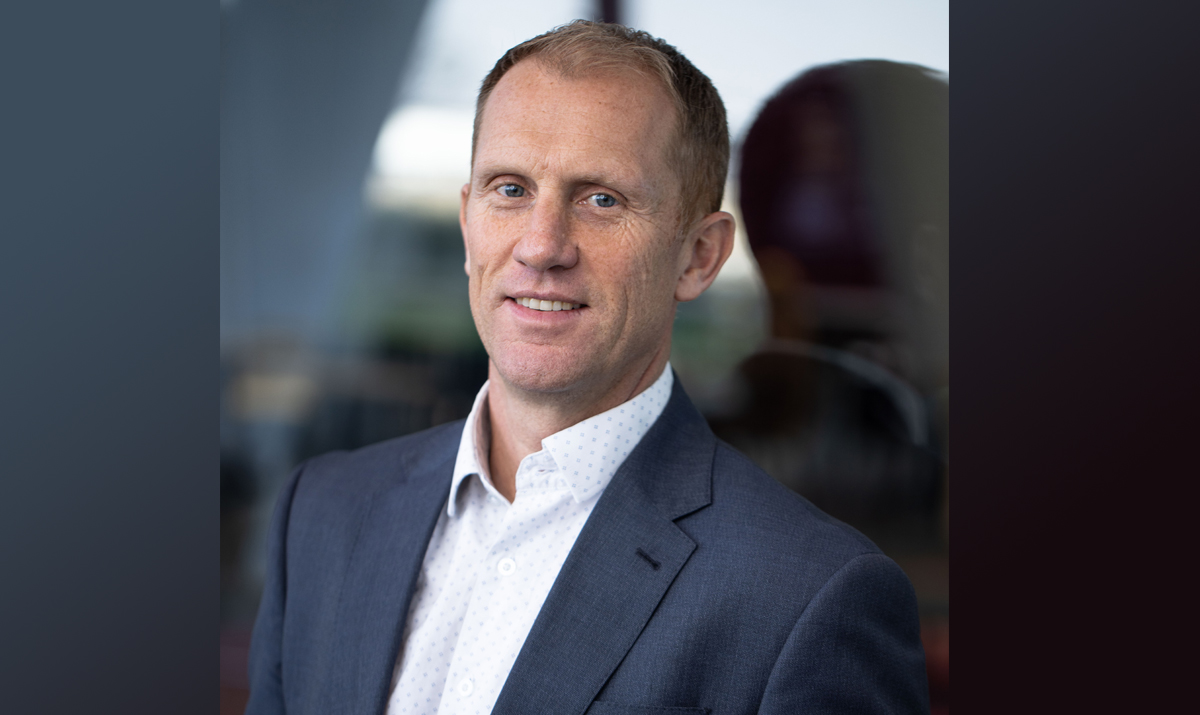
22 Jan Interview with James Mckay, Energy Council, South Africa
Business Focus (BF): What are your thoughts on South Africa’s energy landscape, particularly in light of the major shifts occurring through the GNU?
JAMES: 2023 was a turning point for South Africa, marked by a critical business-government partnership at a time of political and societal crossroads. This partnership targeted energy, transport, logistics, crime, and corruption, focusing on urgent issues like load shedding, Eskom’s challenges, Transnet’s struggles, and addressing South Africa’s FATF grey list status. It was a crisis-driven mobilization that brought both sides to the table despite their historically strained relationship. The result was a focused platform of collaboration and action, which built confidence and catalyzed reforms.
In energy, the Presidential Energy Action Plan and the National Energy Crisis Committee provided a much-needed framework. These reforms—long discussed but previously stagnant—finally gained momentum, focusing on rapid implementation.
Major reforms included amending the Electricity Regulation Act to shift from a centralized utility model to a liberalized electricity market, creating an Electricity Ministry, and establishing a national transmission company and market operator. These changes encouraged private sector participation, particularly in renewables, by lifting outdated restrictions. The result was a 12-fold increase in rooftop solar installations from 2022 to 2023, alongside rapid growth in corporate renewable energy projects, international investment, and job creation.
Looking ahead, the reliance on coal-fired power stations for longer than planned comes at a cost—higher emissions, affordability challenges, and exposure to carbon taxes like the EU’s CBAM. Addressing this will require international support to pivot from South Africa’s coal-dependent economy while meeting climate obligations.
Business Focus (BF): Can you elaborate on the plans for nuclear energy?
JAMES: Nuclear energy has potential as a clean fuel, especially in addressing emissions, but it presents significant challenges for South Africa as a developing economy. Traditional nuclear models, such as large-scale plants like Hinkley Point in the UK, are prohibitively expensive and unlikely to secure financing here. Instead, our focus should be on researching and exploring partnerships, particularly around emerging technologies like Small Modular Reactors (SMRs).
BF: As the Energy Council, can you elaborate on the transition roadmap?
JAMES: The Energy Transition Roadmap focuses on the next decade, prioritizing actionable implementation rather than attempting to solve for net-zero by 2050 immediately. One of the first key steps is reframing South Africa’s energy narrative. Historically, the conversation has been overly negative and entrenched in outdated positions. For example, dismissing solar energy because “the sun doesn’t shine at night” ignores its status as one of the cheapest and most widely adopted energy sources globally. Shifting the focus to opportunities—how renewables can benefit the economy, society, and environment—is essential for building momentum.
The most pressing issue, however, is implementation. Years of underinvestment and capacity loss in the public sector, particularly within Eskom and regulatory bodies, have left significant gaps in expertise and readiness. To address this, the roadmap identified 11 priority initiatives, focusing on stabilizing power stations, addressing load shedding, and preparing for broader reforms.
Looking forward, the roadmap has evolved into what we call NECOM 2.0, with a focus on four key areas. First, we need to rapidly scale up new generation capacity, including wind, solar, gas-to-power, and battery storage. Second, transmission infrastructure must be expanded to connect this new capacity. Third, municipal distribution networks need urgent reform to address inefficiencies, debt, and poor service delivery. Finally, market reform is critical. Launching a wholesale energy market will shift investment risks from the state to the private sector, following global best practices.
BF: Do you have any examples of concrete investment opportunities that could attract US investors?
JAMES: Over the next decade, South Africa will need to invest approximately R1.3 trillion in new energy generation, including wind, solar, battery storage, and gas. Additionally, around R400 billion will be required for transmission expansion and another R300 billion for distribution infrastructure. In total, the energy sector will demand an investment of about R2 trillion, and that figure covers only the capital costs. When financing, guarantees, and liquidity are factored in, the scale of the opportunity grows significantly.
Government spending can cover only about 20–25% of this requirement, making private sector investment essential to bridging the gap. This underscores the importance of ongoing market reforms, which are attracting significant interest from traders.
Encouragingly, the government has announced plans to include private sector participation in transmission projects. This aligns with the broader trend of 70–80% of the required energy investment being underpinned by the private sector, which will rely heavily on technology partnerships. The improved political stability, strengthening macroeconomic conditions, and enhanced investor environment further boost confidence in South Africa as a viable destination for energy investments.
BF: How do you think G20 can bring FDI to South Africa?
JAMES: South Africa remains Africa’s leading market—deep, liquid, and mature—offering a strong rule of law and increasing stability. While challenges persist, the business-government partnership and legislative reforms have created a solid foundation for investor confidence. The Just Energy Transition (JET) Implementation Plan marks a key step forward, addressing societal issues, skills gaps, and practical execution in the energy transition. International donors, despite earlier stalls, have stayed committed, ensuring progress in climate and energy reforms.
ith better engagement from development finance institutions and donors, South Africa is moving from planning to implementation. Unlocking further positive sentiment is essential to accelerate investment and maintain momentum in this critical period of recovery and growth.
BF: What is your final message to US readers?
JAMES: South Africa has turned a significant corner, with rapid positive momentum across its economy, politics, and society. After a challenging 12 years of decline following the 2010 World Cup, the tide has shifted, and growth prospects are now strong. This is a pivotal moment for investors—opportunities are opening quickly, and they won’t last long. Those ready to take a leap of faith will find South Africa positioned for promising growth.
